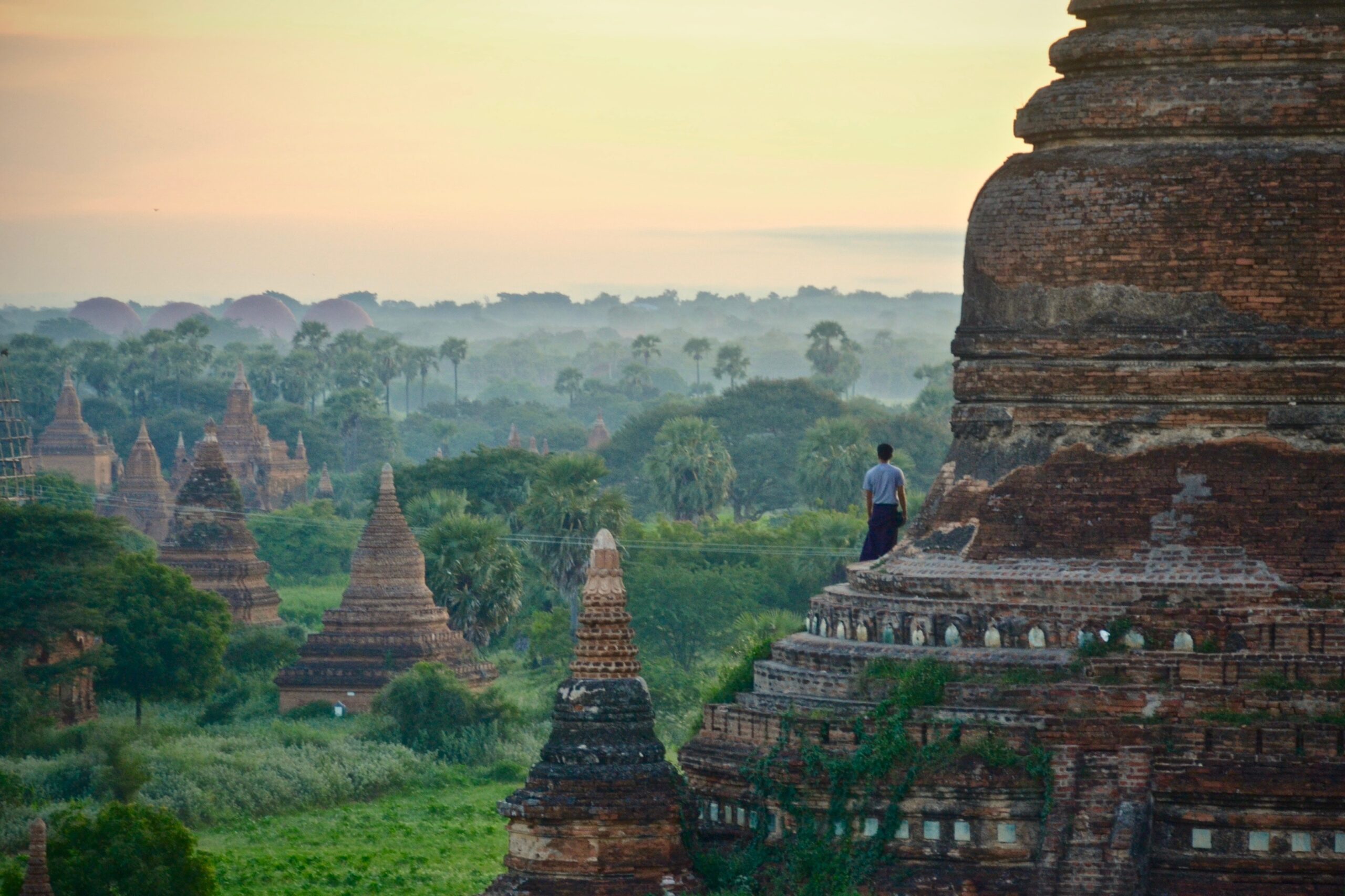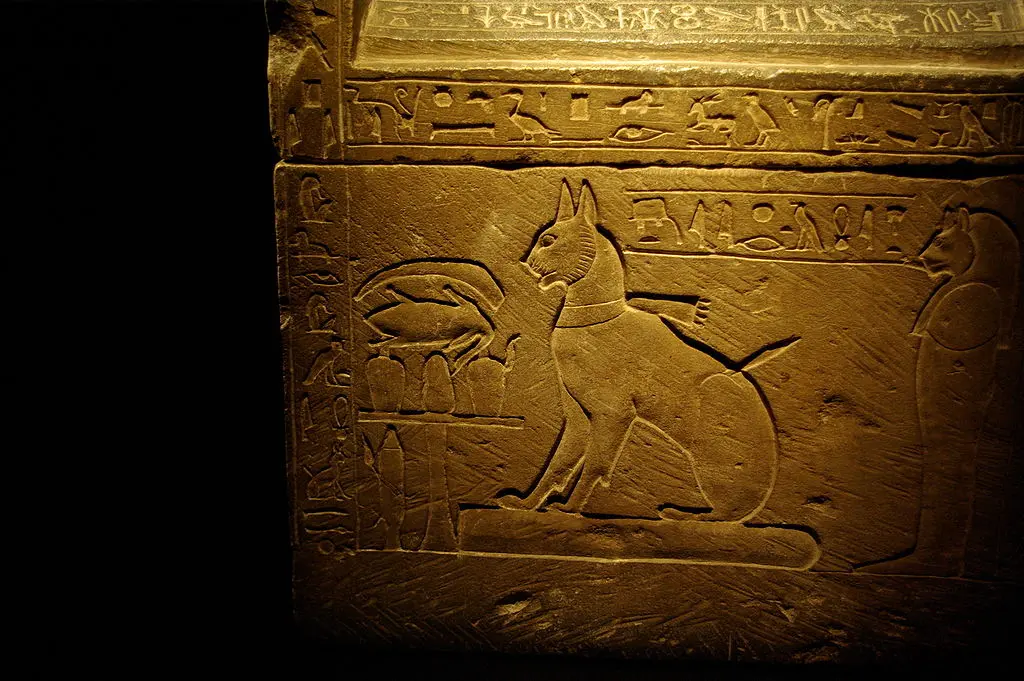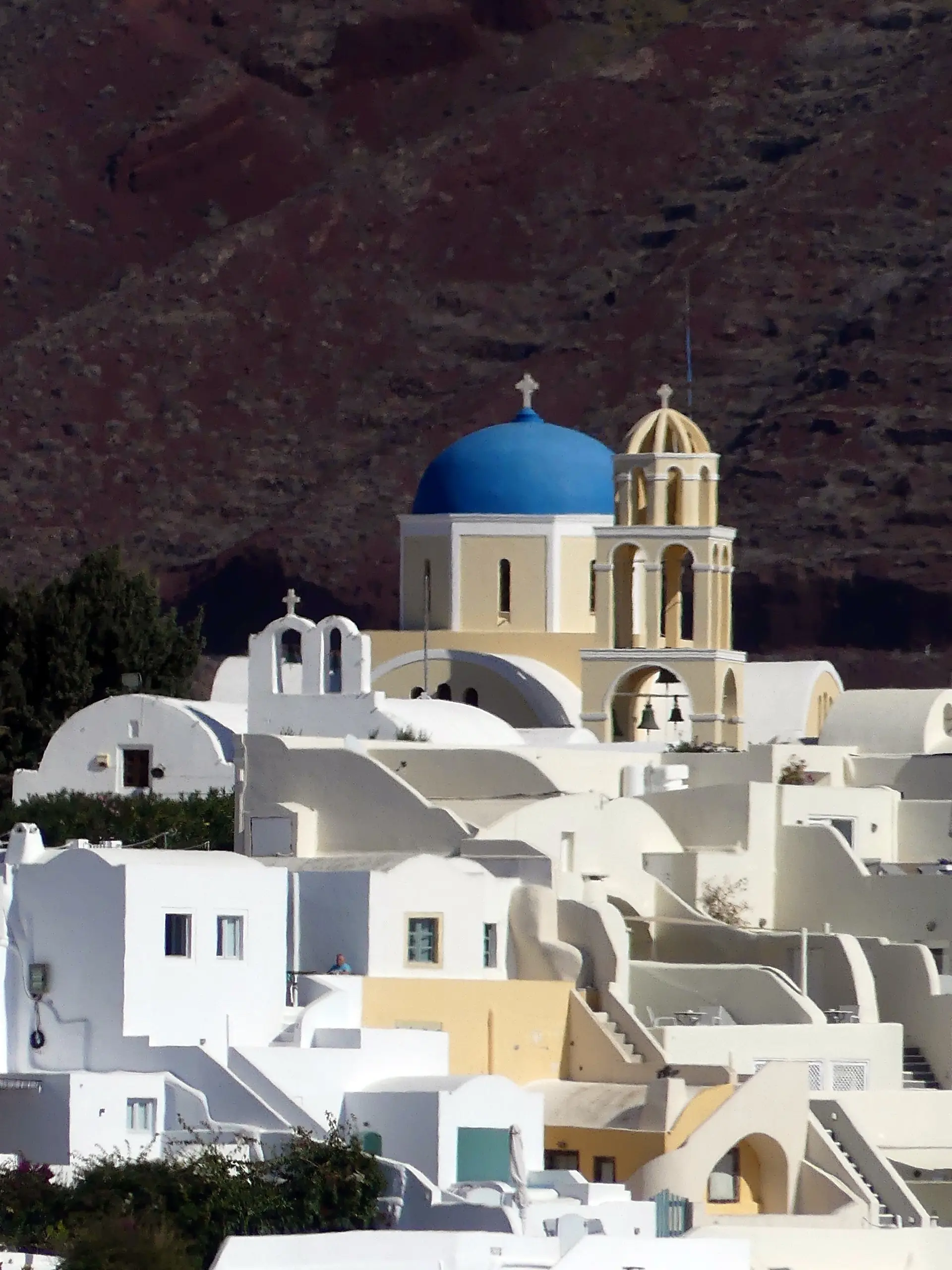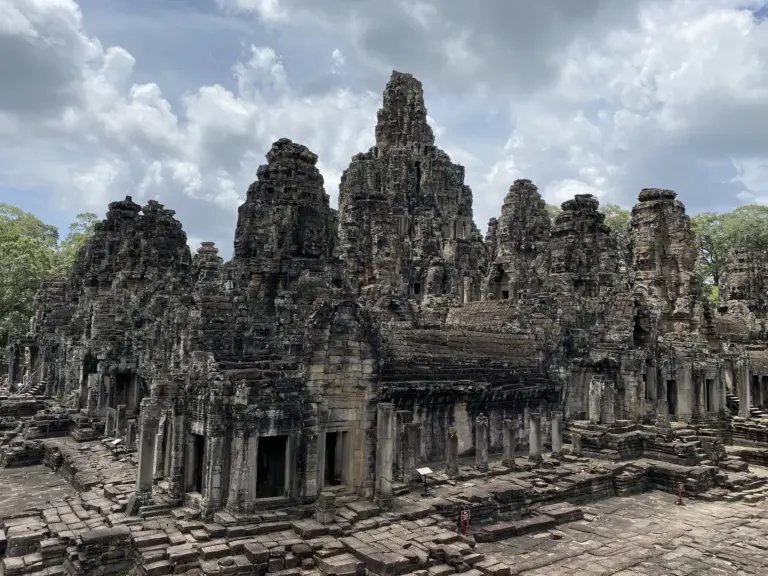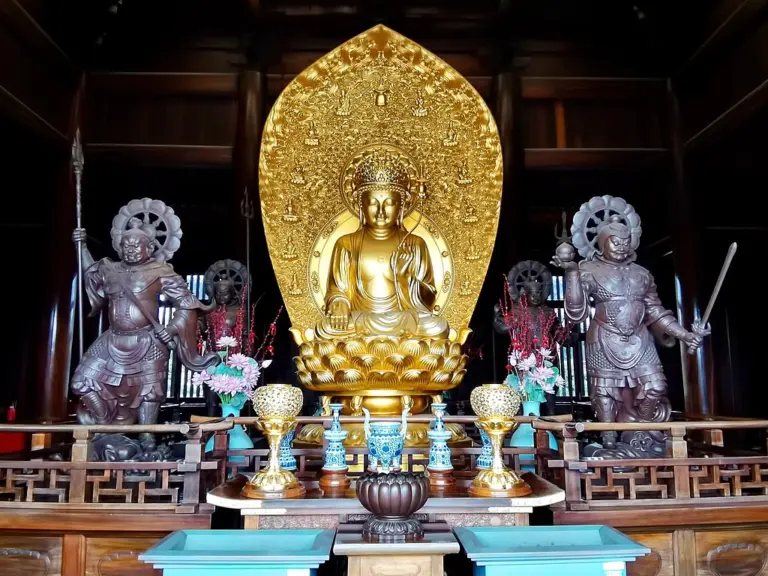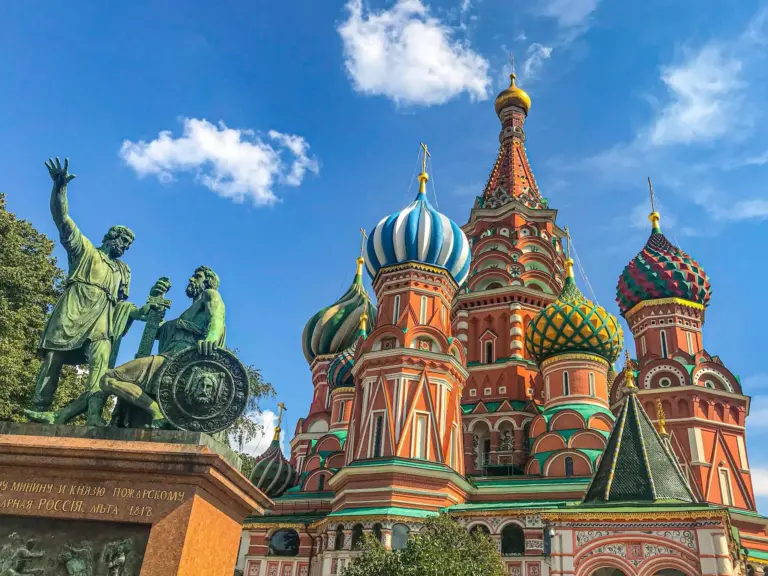The Dol hareubang, fondly referred to as the “stone grandfather”, stands as a silent sentinel on the picturesque Jeju Island of South Korea.
They are deeply embedded in the island’s culture, acting as guardians against malevolent energies and personifying the hopes for fertility and safety.
During my time there, I found them everywhere, from the coasts of the island all the way to the trails of Mt. Hallasan!
With their broad, smiling faces and hands resting on their rounded bellies, these monolithic figures have become iconic representations of Jeju and are often one of the first things that come to mind when one thinks of the island, along with the famous Haenyeo Women Divers.
This article will be going into the intriguing history and significance of the Dol Hareubang, shedding light on its role as a protective talisman against evil spirits and as an emblem of fertility, while also exploring its influence on the cultural and tourist landscapes of Jeju Island.
Table of Contents
Toggle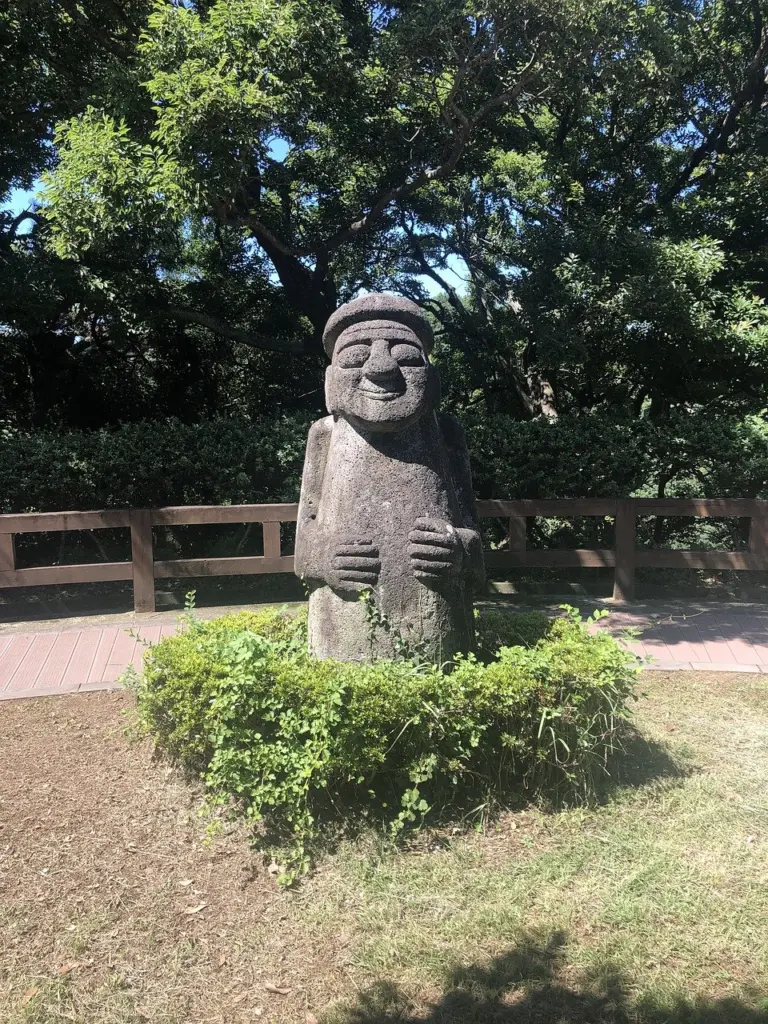
What are the Dol Hareubang?
For those fortunate enough to visit Jeju Island, the Dol hareubang is an unmissable sight. Towering up to 3 m (9.8 ft) in height, these statues, made of porous basalt – due to the island’s volcanic origins – have a presence that is both imposing and inviting.
Each Dol hareubang boasts distinct facial features that captivate: a grinning expression complete with bulging eyes, a pronounced long nose, and a gentle smile that seems to hint at ancient wisdom or perhaps an amusing secret.
Observe their posture, and you’ll notice hands comfortably resting on the belly, exuding an aura of tranquility.
Interestingly, upon closer inspection, you’ll see that one hand is placed slightly above the other.
This serves as a pair distinction. There are essentially two kinds of Dol Hareubang: one with its left hand placed higher and the other with its right hand held aloft.
Topping off their appearance is a unique hat, drawing interpretations that vary from a phallus symbolizing fertility to the shape of a mushroom!
What Does Dol Hareubang Mean?
The name “Dol hareubang” wonderfully encapsulates the very essence of these statues. Derived from the Korean word “dol”, which translates to “stone”, and the Jeju dialect term for “grandfather”, “hareubang”, the title paints a vivid image of a “stone grandfather“.
Historically, these statues were known by several other names. Terms like “beoksumeori”, “museongmok”, “useongmok”, and “ongjungseok” were used to refer to them.

Origin of the Dol Hareubang
To this day, the origins of the Dol hareubang remain shrouded in mystery.
There are several theories that attempt to decipher how these enigmatic statues came to be.
One prominent theory suggests that they were introduced by sea visitors, who might have brought the idea or the carving skills with them. Given Jeju’s strategic position and history as a point of contact with other maritime cultures, this theory holds some water.
The Tamnaji, a historical record, offers some insights into the Dol hareubang. While it doesn’t provide a comprehensive origin story, it helps trace their historical presence on the island. The first documented creation of a Dol hareubang dates back to 1754.
This timeline indicates that while the statues have ancient roots, their widespread prominence on the island might be relatively recent.
Here are some other origin theories of the Dol Hareubang:
- Mainland Korea Origin Theory: Another theory links the Dol hareubang to mainland Korea’s “jangseungs”. These totem poles, erected at village entrances, played a crucial role in warding off evil spirits and protecting the village’s residents. The Dol hareubang could be Jeju’s unique adaptation of this ancient Korean tradition.
- Southern Origin Theory: This theory looks beyond the Korean peninsula, drawing parallels between the Dol hareubang and the statue worship prevalent in the South Pacific regions. Proponents argue that there might have been ancient maritime connections or migrations that introduced this statue-worshipping culture to Jeju, leading to the creation of these distinct statues.
- Mongolian Origin Theory: Another intriguing perspective points towards the Mongolian influence, particularly the huncholo statues from the Yuan Dynasty. Given the extensive Mongol Empire’s reach and the Yuan Dynasty’s interactions with various cultures, it’s conceivable that trade, conquest, or cultural exchange might have introduced certain stylistic or symbolic elements to Jeju that later influenced the design of Dol hareubang.
- Spontaneous Development in Jeju:Contrasting the theories suggesting external influences, some researchers believe that the Dol hareubang could be a spontaneous cultural development indigenous to Jeju Island. This perspective emphasizes the unique cultural, geographical, and historical context of Jejudo and posits that the statues might have been a natural cultural response to the island’s environment, beliefs, and challenges without any external prompts.
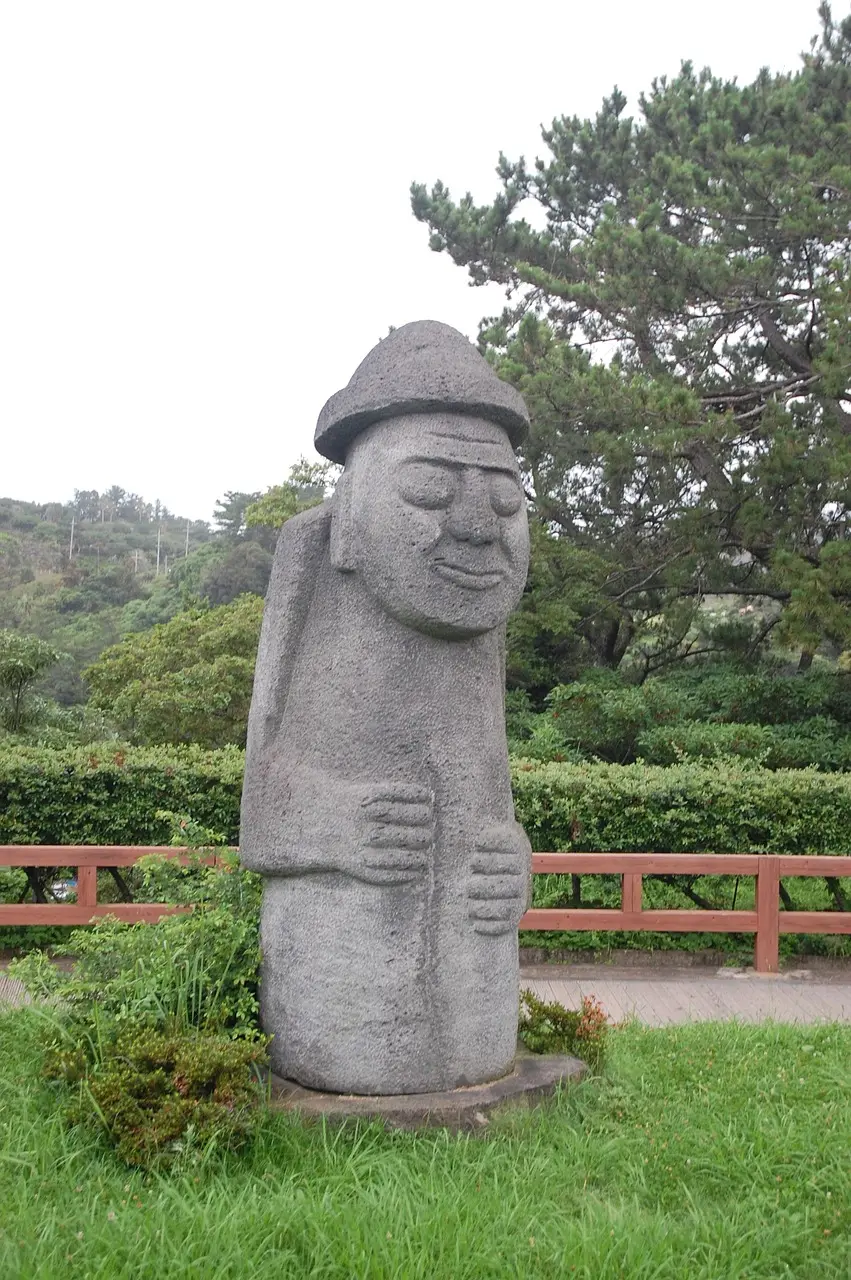
What are the Dol Hareubang Used for?
Historically, these statues were strategically placed outside the gates of Jeju City’s fortress. They served a protective role.
As guardian deities, they were believed to shield the city and its inhabitants from negative energies and potential threats.
One of the most enchanting legends associated with the Dol hareubang pertains to fertility. Local anecdotes suggest that rubbing different parts of the statue might influence the gender of one’s future offspring.
While some believe touching the nose might ensure a son, others say that the ears might lead to the birth of a daughter.
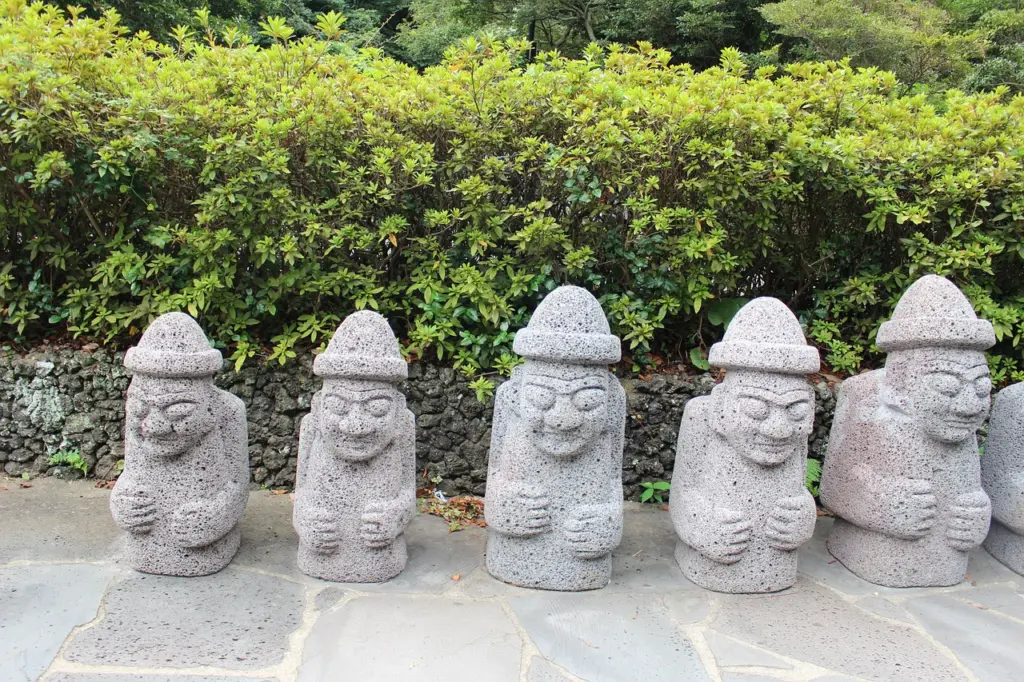
Regional Variations
Mainland Korea, with its own unique culture, has a diverse range of statues and totems with notable design differences when compared to the Dol hareubang. Some key differences include:
- Presence of Hands: While many statues in mainland Korea might appear more abstract or less detailed, Dol hareubang statues specifically feature hands, which are prominently placed on their belly. This emphasizes their guardian role and protective nature.
- Closed Mouths: Unlike some mainland statues that have open mouths, possibly symbolizing a call or shout, the Dol hareubang statues have distinct closed mouths, presenting a calm and stoic demeanor.
- Absence of Beards: While beards can be a common feature in many mainland statues, symbolizing wisdom or age, the Dol hareubang, in general, lack this feature.
- Civil Significance: The distinction in the positioning of hands, especially the raised hand, is historically believed to symbolize a figure of authority, often linked to civil leadership, decision-making, and governance.
- Military Significance: In some interpretations, the raised hand may also symbolize military prowess, protection, and strength, especially when considering their role as guardian deities.
The Dol Hareubang Today
Over the years, the Dol hareubang has transitioned from a protective totem to the emblematic face of Jeju Island. Much like how the Eiffel Tower is to Paris, these stone statues have become synonymous with Jeju. Though nowadays, you can find them everywhere as tiny souvenirs and artworks all the way in Seoul.
The Dol hareubang has long been associated with fertility, a connection that has taken on a modern twist in contemporary times. Jeju, with its picturesque landscapes and romantic sunsets, has emerged as a popular “honeymoon island” for newlyweds.
As couples embark on their new journey, the Dol hareubang, with its fertility connotations, is seen as a symbol of hope and blessing for a fruitful married life.

